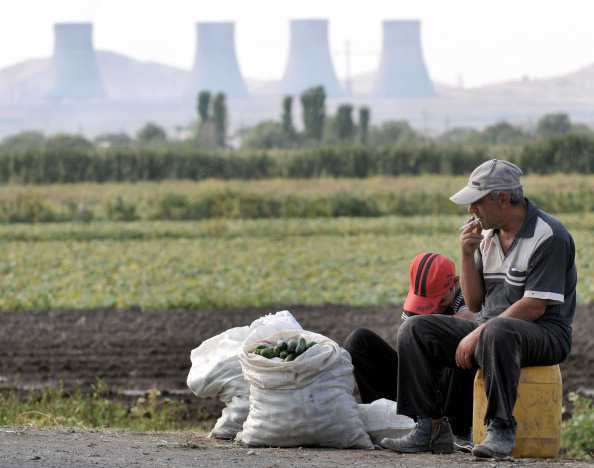Edward J. Erickson
From: The Middle East Journal
Volume 69, Number 3, Summer 2015
pp. 492-495
In lieu of an abstract, here is a brief excerpt of the content:Professor Ronald Grigor Suny is a distinguished scholar and a well-published historian. He is known for his body of work specializing in Armenian history and affairs. The title of the book comes from a conversation that American ambassador Henry Morgenthau reported he had with Ottoman interior minister Talat Pasha in early August 1915 (p. 269–270), which Suny purports to show that Talat had solved the Armenian “problem” in a particularly brutal manner. The introduction presents Professor Suny’s thesis is a roundabout manner, which is to explain that the Young Turks (the alleged perpetrators of a genocide) had an “affective disposition” that “allowed them, indeed in their minds required them, to eliminate whole peoples” (p. xx). Essentially, Suny argues that the Young Turks’ cognitive and emotional state demonstrated by their observed behavior and actions in 1915 proves a genocide. While this kind of argument may be suitable for forensic psychologists, historians rarely attempt it because of the dictum that correlation does not prove causation.“They Can Live in the Desert but Nowhere Else” is a narrative presentation that begins with the history of the early kingdom of Armenia and moves through the 19
th century with an explanation of the evolving political, economic, and social relationships between the Armenians and the Ottomans. Suny then discusses the rise of the Armenian revolutionary committees and how the Young Turks’ rise to power and counterrevolution affected these relationships. This takes over half the book and sets up the reader’s understanding of the Young Turks’ “affective disposition” to regard the Ottoman Armenians with fear and distrust. Chapter Seven is titled “War” (pp. 208–45) and contains a fine description of the how and why the Young Turks went to war as well an explanation of the ideological fissures within the Armenian revolutionary committees and Ottoman Armenian polity. Chapter Eight, “Removal” (pp. 246–80), deals with the academically contentious period of January through June 1915 and presents Suny’s view of the decision to relocate the Ottoman Armenians from eastern Anatolia. The lens though which Suny frames his understanding of the relocations comes primarily from American Ambassador Henry Morgenthau’s diary (39 of 134 chapter endnotes), which was published after these events, in 1918 after the United States entered the war against the Central Powers, as well as from information contained in Raymond Kévorkian and Taner Akçam’s books.
In Chapter Nine, “Genocide” (pp. 281– 327), Suny presents the heart of his case. Here he asserts that that fear and a profound sense of insecurity compounded by defeats and Allied threats, combined into “a toxic perception of all Armenians as an internal subversive force allied to the Russians” (p. 281). He also repeats Akçam’s fallacious conclusion that “the allegations of an Armenian revolt in the [Ottoman] documents . . . have no basis in reality but were deliberately fabricated” (p. 282) as a factual statement of evidence. Later in the chapter Suny asserts that the relocation camps in the Euphrates valley were “way stations toward extermination” (p. 314) but presents no archival sources to support this. Chapter Ten, “Orphaned Nation (pp. 328–49), concludes the historical narrative with the events of 1918–23, including the 1919 show trials and the Armenian assassinations of surviving members of the Committee of Unity and Progress. Suny’s final chapter, “Thinking about the Unthinkable: Genocide” (pp. 350–365), summarizes his thoughts and juxtaposes the work of Raphael Lemkin (the international lawyer who coined the term “genocide”) into the narrative.
There is nothing new in this book for scholars or for those familiar with the extant literature. The book is derived exclusively from previously available secondary materials. The absence of a bibliography, which would clearly demonstrate this, is telling in this regard. That said, some of Professor Suny’s positions are surprising and noteworthy. Similarly to Donald Bloxham, Hilmar Kaiser, Taner Akçam, and very recently Robert Melson, Suny subscribes to the idea of cumulative radicalization, which essentially negates the accusation of premeditation on the part of the Young Turks. Suny also argues that the Young Turk leadership were “never purely ethnonationalists, never religious fanatics, but remained Ottoman modernizers in their fundamental self-conception. They were…
